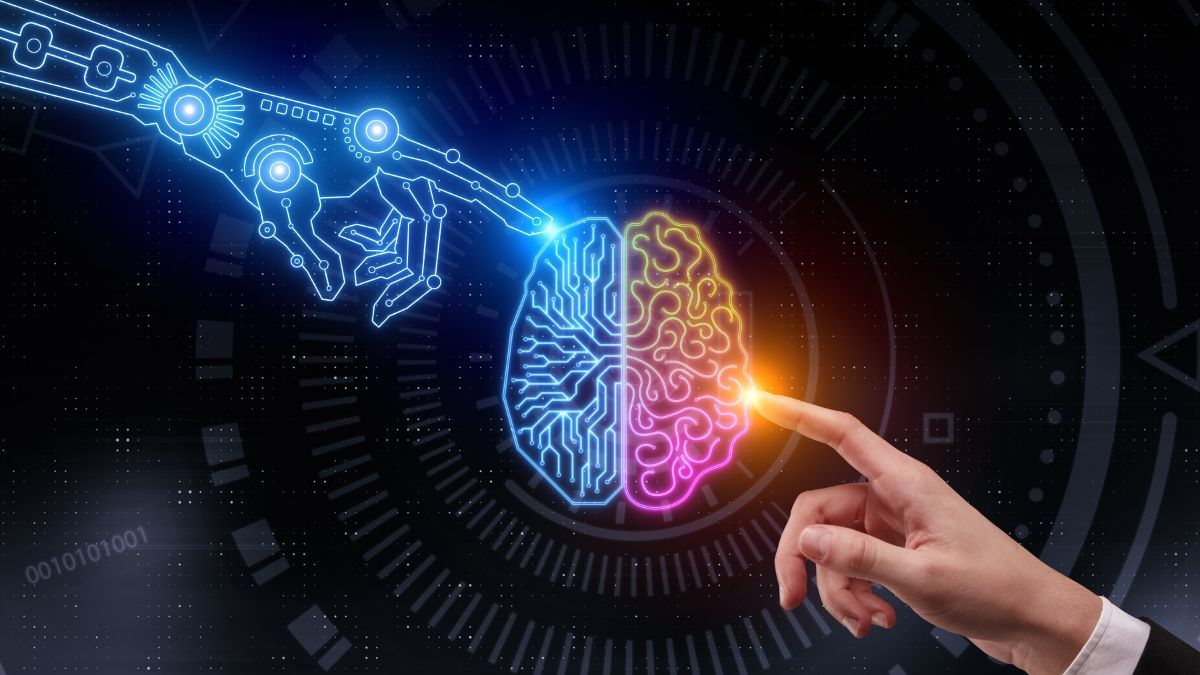humanity continues to push the boundaries of space exploration, technology plays an increasingly critical role in shaping the future space missions. From advanced propulsion systems to innovative communication technologies, the developments in various technological domains are paving the way for ambitious missions beyond Earth’s orbit. This article explores the transformative impact of technology on future space missions, highlighting key advancements and their implications for space exploration.

Advanced Propulsion Systems
One of the most significant technological advancements in space exploration is the development of advanced propulsion systems. Traditional chemical rockets, while effective, have limitations in terms of efficiency and speed. To overcome these constraints, scientists and engineers are working on several promising propulsion technologies.
Ion Propulsion: Ion propulsion systems, such as those used in NASA’s Dawn spacecraft, offer higher efficiency compared to chemical rockets. By accelerating ions using electric fields, these systems can achieve greater speeds and operate more efficiently over long durations. This technology could be crucial for missions to distant destinations, such as Mars or the outer planets.
Nuclear Propulsion: Nuclear propulsion is another area of active research. Nuclear thermal propulsion (NTP) and nuclear electric propulsion (NEP) offer potential advantages in terms of thrust and efficiency. NTP systems use a nuclear reactor to heat a propellant, creating thrust, while NEP systems generate electricity from a nuclear reactor to power ion thrusters. Both approaches have the potential to reduce travel time to distant celestial bodies and enable more ambitious missions.
Warp Drives and Faster-Than-Light Travel: Although still theoretical, concepts like the warp drive proposed by physicist Miguel Alcubierre offer the tantalizing possibility of faster-than-light travel. These concepts rely on manipulating spacetime itself, potentially allowing spacecraft to reach far-off destinations in a fraction of the time required by conventional propulsion systems. While these ideas are far from being realized, they stimulate ongoing research and discussion in the scientific community.
Artificial Intelligence and Robotics
Artificial intelligence (AI) and robotics are revolutionizing space exploration by enhancing the capabilities of spacecraft and space missions. These technologies enable more autonomous operations, advanced data analysis, and improved problem-solving in the harsh environment of space.
Autonomous Spacecraft: AI-driven systems allow spacecraft to operate more independently, reducing the need for constant human intervention. For example, AI algorithms can analyze data from scientific instruments, make real-time decisions, and adjust mission parameters based on changing conditions. This autonomy is particularly valuable for missions to distant planets or asteroids, where communication delays can be significant.
Robotic Exploration: Robots play a crucial role in exploring celestial bodies, conducting experiments, and performing tasks that would be challenging or impossible for humans. Rovers like NASA’s Curiosity and Perseverance, equipped with advanced AI, are capable of navigating complex terrains, analyzing samples, and sending valuable data back to Earth. Future Space missions may employ even more sophisticated robots for tasks such as sample retrieval, habitat construction, and in-situ resource utilization.

Communication Technologies
Effective communication is essential for the success of space missions, and advancements in communication technologies are critical for maintaining contact between spacecraft, space stations, and mission control on Earth.
High-Bandwidth Communication: As missions venture further from Earth, the need for high-bandwidth communication systems becomes more pressing. Technologies such as high-gain antennas and laser communications are being developed to transmit data at higher speeds and with greater reliability. Laser communication, in particular, holds promise for transmitting data over long distances with minimal latency.
Deep Space Communication Networks: To support Future Space deep space missions, NASA and other space agencies are developing advanced communication networks. The Deep Space Network (DSN) is an example of such a network, consisting of large radio antennas located around the world. Future networks may incorporate new technologies, such as relay satellites and space-based communication relays, to ensure continuous and reliable communication with distant spacecraft.
Quantum Communication: Quantum communication, which leverages the principles of quantum mechanics, offers the potential for ultra-secure communication channels. While still in its early stages, this technology could enhance the security and integrity of data transmitted between spacecraft and mission control, providing an additional layer of protection against potential threats.
Space Habitats and Life Support Systems
As space missions extend beyond low Earth orbit, the development of advanced space habitats and life support systems becomes increasingly important. These technologies are crucial for ensuring the health and well-being of astronauts on long-duration missions.
Closed-Loop Life Support Systems: Closed-loop life support systems are designed to recycle air, water, and waste, creating a self-sustaining environment for astronauts. These systems aim to minimize reliance on resupply missions and enhance the sustainability of long-term space missions. Technologies such as advanced filtration, bioreactors, and waste-to-resource conversion are integral to the development of these systems.
Habitat Design and Construction: Future space habitats will need to provide protection from the harsh conditions of space, including radiation, microgravity, and temperature extremes. Innovations in habitat design, such as inflatable modules, 3D-printed structures, and radiation shielding materials, are being explored to create safe and functional living environments for astronauts.
Health Monitoring and Medical Technology: Ensuring the health of astronauts on long-duration missions requires advanced medical technology and health monitoring systems. Remote diagnostics, telemedicine, and wearable health sensors are being developed to monitor vital signs, diagnose medical conditions, and provide treatment options in space. These technologies are essential for addressing health challenges and ensuring the well-being of crew members during extended missions.

The Future of Space Missions
The impact of technology on future space missions is profound and far-reaching. As advancements continue to unfold, they will enable more ambitious and diverse missions, from exploring distant planets and moons to establishing a human presence beyond Earth.
Commercial Space Exploration: The rise of private space companies is reshaping the landscape of space exploration. Companies like SpaceX, Blue Origin, and others are driving innovation and reducing costs, making space more accessible to a broader range of participants. Commercial ventures are expected to play a significant role in Future Space missions, including lunar exploration, Mars colonization, and asteroid mining.
International Collaboration: The future of space exploration will likely involve increased international collaboration. Global partnerships between space agencies, research institutions, and private companies can leverage collective expertise and resources to achieve common goals. Collaborative missions, such as the International Space Station (ISS), serve as models for future international efforts in space exploration.
Human and Robotic Synergy: The synergy between human and robotic exploration will be crucial for achieving future mission objectives. While robots can perform tasks in harsh environments and gather valuable data, human presence will be essential for making complex decisions, conducting experiments, and overcoming unforeseen challenges. Combining the strengths of both approaches will enhance the effectiveness and success of space missions.
In conclusion, technology is driving the future of space missions, enabling new possibilities and expanding the horizons of human exploration. From advanced propulsion systems and AI-driven robotics to innovative communication technologies and life support systems, the advancements in these fields are shaping the future of space exploration. As we continue to explore the cosmos, technology will remain a key enabler, allowing us to reach new frontiers and achieve unprecedented milestones in our quest to understand the universe.

